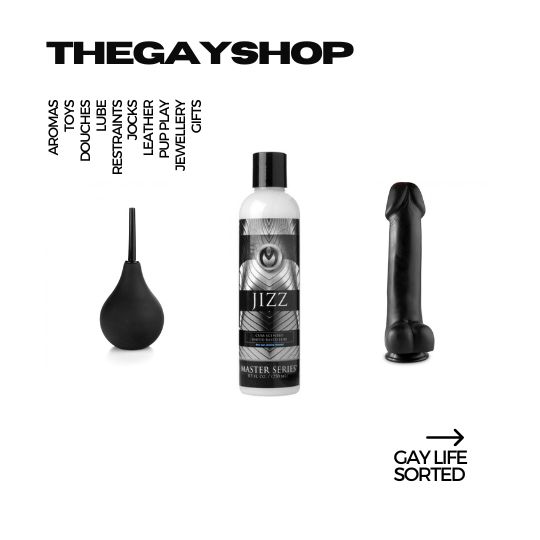Ahem, attention all folks: there’s a certain je ne sais quoi about the occupational patterns of gay and lesbian workers. It turns out they’re overrepresented in fields like psychology, law, social work, and university teaching. And hey, those stereotypes about gay flight attendants and lesbian truck drivers? There’s some truth to ’em.
Now, where does this kind of occupational segregation come from, you ask? Well, social scientists have been pondering this question for nearly a century, but it’s not just some academic puzzle. This matters, people! It can lead to inequality and limit the talent pool for employers. Yikes!
So, there are two hypotheses to explain this phenomenon, which Helena Vieira writing for the LSE has come up with. The first is about task independence – basically, the ability to do your own thing without depending on coworkers. This makes it easier for gay and lesbian workers to hide their sexual orientation and avoid the negative consequences of coming out. Therefore, Helena predicts that they’re more likely to work in jobs with higher task independence (think massage therapists and fire safety inspectors) than in ones with lower task independence (like construction workers and firefighters).
The second hypothesis is all about social perceptiveness – the ability to read people’s reactions accurately. Since gay and lesbian individuals are often discriminated against from a young age, they’ve honed this skill as a survival tactic. Therefore, Helena expects that they’re more likely to work in jobs that require high levels of social perceptiveness (like psychologists and teachers) rather than in ones where it’s not as necessary (like laboratory scientists and actuarial analysts).
To sum it up, the prediction is that gay and lesbian workers gravitate towards jobs that offer a high degree of task independence or require a high level of social perceptiveness (or both). It might seem like these two things are at odds, but in reality, they often go hand in hand. Task independence means less dependence on coworkers and supervisors, while social perceptiveness often comes in handy when dealing with customers, patients, or students.
The London School of Economics analyzed data from two sources – the American Community Survey and the U.S. National Longitudinal Study of Adolescent Health – and found that the LSE’s predictions held true. Check out Tables 1 and 2 for the nitty gritty details.
So, what does all of this mean for the future? Well, as society becomes more accepting of same-sex relationships, the need for gay and lesbian workers to hide their sexuality may decrease over time. This could mean they lose their keen social perceptiveness skills and become less distinct in the labour market. But for now, we expect these occupational patterns to stick around for a while. They’re slow to change, reflecting earlier education and career choices, and the gay- and lesbian-friendly reputation of certain jobs tends to persist.
What are the jobs with the highest number of gay workers?

| Table 1. Occupations with the Highest Joint Proportion of Gay and Lesbian Workers |
|---|
| 1. Psychologists (S, T) 2. Training and development specialists and managers (S) 3. Social and community service managers (S, T) 4. Technical writers (T) 5. Occupational therapists (S, T) 6. Massage therapists (S, T) 7. Urban and regional planners (S, T) 8. Producers and directors (S, T) 9. Postsecondary teachers (S, T) 10. Probation officers and correctional treatment specialists (S, T) 11. Morticians, undertakers, and funeral directors (S) 12. Physical therapists and exercise physiologists (S, T) 13. Computer and information systems managers (S, T) 14. Lawyers, and judges, magistrates, and other judicial workers (S, T) 15. Web developers (T) |
| S = Occupation requires above-average social perceptiveness T = Above-average task independence is associated with the occupation |
| Female- and Male-Majority Occupations with Highest Proportion of Gay or Lesbian Workers | ||
|---|---|---|
| Highest proportion of lesbians among female workers | Highest proportion of gay men among male workers | |
| Female-majority occupations | 1. Psychologists (S, T) 2. Probation officers/correctional treatment specialist (S, T) 3. Training and development specialists and managers (S) 4. Sociologists (S, T) 5. Social and community service managers (S, T) | 1. Flight attendants (S) 2. Hairdressers, hairstylists, and cosmetologists (S, T) 3. Nurse practitioners (S, T) 4. Transportation attendants, except flight attendants (S) 5. Travel agents (S, T) |
| Male-majority occupations | 1. Bus and truck mechanics and diesel engine specialists 2. Elevator installers/repairers (T) 3. Heating, A/C, and refrigeration mechanics/installers (T) 4. Home appliance repairers (T) 5. Security and fire alarm systems installers (T) | 1. Actors (S, T) 2. News analysts, reporters, and correspondents (S, T) 3. Artists and related workers (S, T) 4. Agents/managers of artists, performers, athletes (S, T) 5. Producers and directors (S, T) |
| S = Occupation requires above-average social perceptiveness T = Above-average task independence is associated with the occupation |
The study predicts that the observed occupational patterns are likely to remain in place for the foreseeable future. This is because occupational patterns are slow to change and continue to reflect earlier educational and career choices, as well as the enduring gay- or lesbian-friendly reputation of certain occupations that continue to attract gay and lesbian workers.




